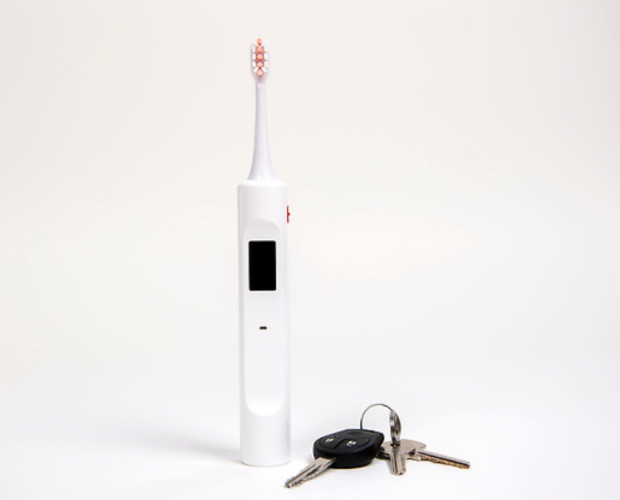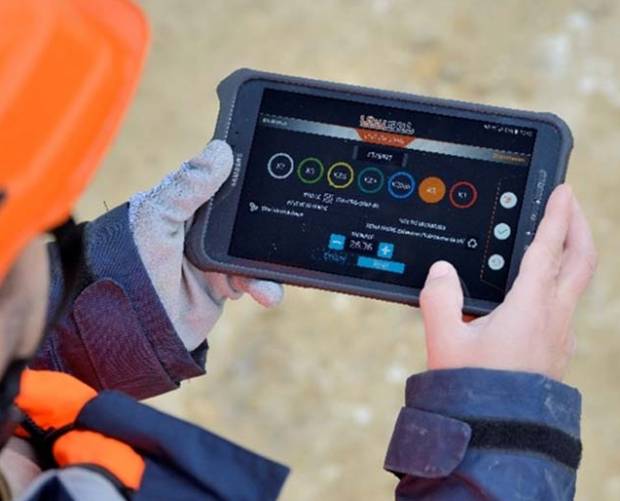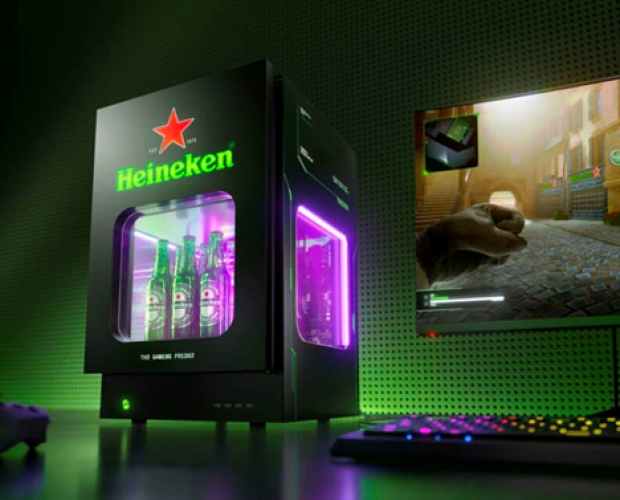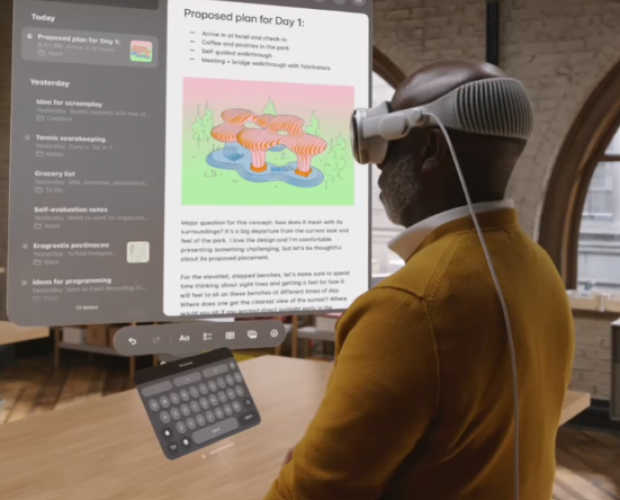Innovation Lab: The Best of Health Technology
- Friday, November 4th, 2016
- Share this article:
At Mobile Marketing were proud to help tech companies showcase their cutting-edge solutions, whether its on our website, in our magazine or at our Mobile Marketing Summits. Giving a platform to companies that are breaking new ground in their market brings audiences one step closer to the ideas and developments that will shape tomorrow.
In that spirit, our Innovation Lab feature takes a step beyond the world of apps, ads and handsets with slightly bigger screens, in order to share some of the tech worlds innovative ideas. They might be interesting, disruptive or just outright strange, but these are the stories that have caught our eye over the past week.
This week, we take a look back at some of the creations weve covered so far this year, with a focus on the fascinating advances being made in health technology, with everything from revolutionary brain injury treatments, to cutting-edge new surgical techniques, to how a robot salamander could be the key to understanding the spinal column.
Man Lives for 555 Days on Heart in a Backpack
Stan Larkin, a 25-year-old from Michigan, is celebrating a successful full heart transplant, an event that would be notable enough, but is made all the more incredible by the fact that his original heart was removed over a year and a half ago.
Stan and his brother Dominique were both diagnosed with familial cardiomyopathy, a genetic heart condition that can cause heart failure with no warning. After years on the donor waiting list, both siblings had their hearts removed and were fitted with an artificial heart device called a Syncardia.
“They were both very, very ill when we first met them in our intensive care units,” said Dr Jonathan Haft, associate professor of cardiac surgery at the University of Michigan Frankel Cardiovascular Center. “We wanted to get them heart transplants, but we didnt think we had enough time. Theres just something about their unique anatomic situation where other technology wasnt going to work.”
While Dominique only needed to use the technology for a few weeks before receiving a full transplant, Stan spent more than a year on the waiting list. So he could leave the hospital and maintain a normal life, he was equipped with a 6kg portable device that connected to his vascular system to keep oxygenated blood pumping around his body, which he wore in a backpack.
 Mapping Mosquito Brains Could Help Fight Malaria
Mapping Mosquito Brains Could Help Fight Malaria
A group of scientists at John Hopkins University are studying the sensory neurons in mosquitoes in an attempt to discover exactly what attracts them, in the hopes of making a more efficient repellent and, in turn, slowing the spread of diseases like malaria and the Zika virus.
“All mosquitoes, including the one that transmits malaria, use their sense of smell to find a host for a blood meal. Our goal is to let the mosquitoes tell us what smells they find repulsive and use those to keep them from biting us,” says Christopher Potter, assistant professor of neuroscience at the Johns Hopkins University School of Medicine.
Scientists have previously had very little idea about how mosquito repellents actually work, and so improving them has proved a case of trial and error. The researchers have created a method of genetically labeling the olfactory neurons in mosquito brains so they express a special glowing green protein.
This enabled the scientists to identify how the mosquitos three noses interact with its brain, and found that, like humans, mosquitoes sense of smell linked to their sense of taste, creating an idea of flavour. They are now working on identifying how the insects spot the human flavour, and how this sense can best be disrupted.
Robotic Salamander Aims to Help Spinal Injuries
Most engineers would be happy if theyd managed to make a robot that could both swim and crawl along the ground, but the researchers at the Swiss Federal Institute of Technology in Lausanne, Switzerland are also hoping that their work could end up transforming human lives.
The robot, Pleurobot, is modelled on a salamander, and the researchers used X-ray video footage to understand how the creatures bones supported its movements both in and out of water, then recreated them with the fewest number of motorised parts possible.
The scientists hope that studying the way the robot moves will lead to similar insights into the human spinal cord, which is still relatively poorly understood compared to other parts of the nervous system, and could even have implications for neuroprosthetics further down the line.
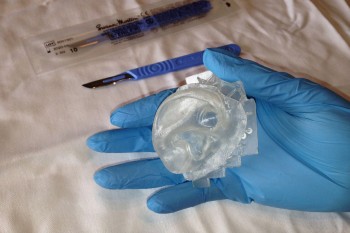 3D Printing Creates Super-accurate Ear Implants for Children
3D Printing Creates Super-accurate Ear Implants for Children
Microtia is a congenital condition that affects around one in 10,000 births, causing the external ear to be extremely undeveloped. Now one British doctor is helping children affected by the condition with the latest medical 3D printing technology.
Traditionally, clear acetate would be used to take a 2D tracing of the childs normal ear, then mirrored to create a design for the new one. Now using 3D scanner technology, Dr Ken Stewart of the Royal Hospital for Sick Children in Edinburgh is able to create a much more accurate model.
The scan can then be printed out and used as a model for surgeons as they repair the underdeveloped ear using cartilage from the ribs. As bio-printing technology develops, doctors in the future may even be able to produce an entire ear using stem cells from blood vessels and special polymers.
Medical Harpoon Helps Reduce Need for Open-heart Surgery
If your doctor suggested that they were going to use a harpoon during a medical procedure, youd be forgiven for asking them to repeat themselves, but a new experimental device being put through clinical trials is helping to repair heart valves without the need for open-heart surgery.
The Harpoon TSD-5 may look and sound intimidating, but in tests involving 11 patients at a hospital in Poland, the device was able to achieve a 100 per cent success rate in treating degenerative mitral regurgitation, one of the most common types of heart valve disorder.
The TSD-5 anchors artificial cords within heart valves, replacing those that have been broken or stretched, which can lead to blood travelling in the wrong direction. The harpoon uses a specially designed needle wrapped with 50 coils of polymer to create a knot and repair the damage.
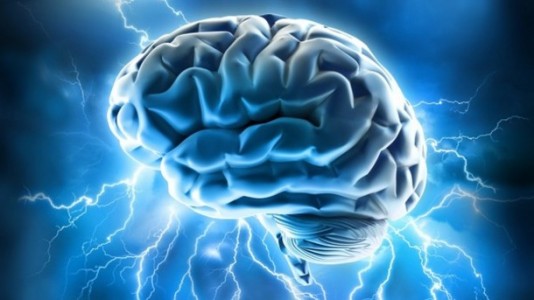 Ultrasound Jump-starts Coma Victims Brain
Ultrasound Jump-starts Coma Victims Brain
Scientists at UCLA have used a revolutionary non-invasive technique for treating people in comas that could lead to a new low-cost therapy method for patients with a variety of severe brain injuries.
The technique, which was used on a 25-year-old man recovering from a coma, uses sonic stimulation to excite the neurons in the thalamus, an egg-shaped structure that serves as the brains central hub for processing information.
“Its almost as if we were jump-starting the neurons back into function,” said Martin Monti, UCLA associate professor of psychology and neurosurgery. “Until now, the only way to achieve this was a risky surgical procedure known as deep brain stimulation, in which electrodes are implanted directly inside the thalamus. Our approach directly targets the thalamus but is noninvasive.”
The technique, which uses a saucer-sized speaker to direct low-intensity acoustic energy into the brain, helped the man progress from showing minimal signs of consciousness and understanding speech to full language comprehension and consciousness within three days.
Neural Dust Could Revolutionise Medical Sensors
Engineer at UC Berkeley have built dust-sized wireless sensors that can be implanted within the body to monitor internal nerves, organs and muscles, as well as serving to provide delicate control over prosthetics and potentially even treating conditions like epilepsy.
The so-called neural dust is the size of a grain of sand and uses no batteries. Instead, ultrasound signals are able to both provide power and receive measurements from the devices. This makes the sensors safer and also longer-lasting than traditional medical implants.
“I think the long-term prospects for neural dust are not only within nerves and the brain, but much broader,” said Michel Maharbiz, associate professor of electrics engineering and computer sciences at UC Berkeley. “Having access to in-body telemetry has never been possible because there has been no way to put something supertiny superdeep. But now I can take a speck of nothing and park it next to a nerve or organ, your GI tract or a muscle, and read out the data.”







